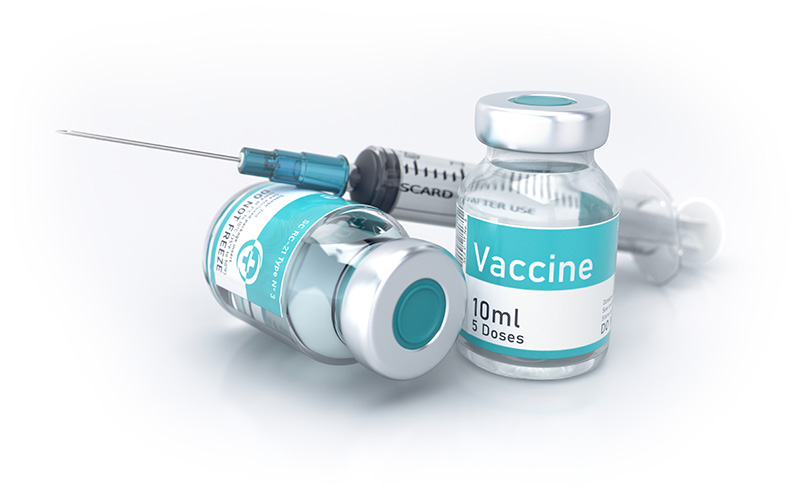The importance of mammograms is crucial for women’s health, and residents of Bronx, NY, have access to comprehensive women’s health services. If you’re in the Bronx area, particularly around the Bronx Women’s Health Center, this blog guide aims to provide clarity on what mammograms entail and when women should consider them as part of their healthcare routine.
What is a Mammogram?
A mammogram is a specialized X-ray of the breast designed to detect abnormalities or changes in breast tissue. It is a powerful diagnostic tool capable of identifying early signs of breast cancer, often before symptoms become noticeable. Mammograms can detect tumors, lumps, or other irregularities, indicating the presence of cancerous or precancerous cells.
Why are Mammograms Important?
Early detection is fundamental for effective breast cancer treatment. Mammograms can identify abnormalities long before they can be felt through self-examination or present noticeable symptoms. Regular mammograms significantly increase the chances of identifying breast cancer in its early, more treatable stages, ultimately improving overall prognosis and survival rates.
When Do You Need a Mammogram?
The recommended age to start mammograms varies, with many healthcare organizations suggesting regular screenings around the age of 40. However, individual risk factors, family history, and personal health considerations may influence when a woman should commence regular mammograms. Consulting with a healthcare provider is essential to determine a personalized screening schedule.
Key Factors for Mammogram Scheduling:
- Age: Initiate discussions about mammograms with your healthcare provider around the age of 40, or earlier if you have specific risk factors.
- Risk Factors: Consideration of family history, genetic predispositions, and personal health factors may influence when to start and how frequently to undergo mammograms.
- Screening Frequency: The frequency of mammograms depends on individual risk factors and overall health. Discuss with your healthcare provider to establish a personalized screening plan.
- Routine Screenings: For most women, routine mammograms become more frequent as they age, providing consistent monitoring for any changes in breast tissue.
How to Prepare for a Mammogram?
Preparation is key for a successful mammogram experience. Follow these tips to ensure a smooth and effective screening.
Preparation Tips:
- Schedule Regular Appointments: Consistency is key for effective screenings.
- Choose the Right Time: Schedule mammograms when breasts are least likely to be tender, typically during the week following your menstrual period.
- Avoid Deodorant and Perfume: On the day of your mammogram, refrain from using deodorant, perfume, or powders, as these substances can interfere with the imaging.
- Wear Comfortable Clothing: Opt for a two-piece outfit for easy access during the mammogram. The process involves compressing each breast between two plates for a clear image.
- Communicate Any Concerns: Inform the technologist of any breast changes, symptoms, or concerns you may have before the procedure.
What to Expect During a Mammogram
During a mammogram, expect a 20-minute procedure where each breast is positioned on the mammogram machine and gently compressed to obtain clear images. Multiple X-ray views will be taken to ensure a comprehensive examination. While there may be momentary discomfort, the benefits of early breast cancer detection make the process crucial for women’s health.
Mammogram Procedure:
The procedure takes about 20 minutes, involving breast compression for clear imaging. While the compression may cause momentary discomfort, it is crucial for obtaining accurate results.
Types of Mammograms
Explore different types of mammograms for a more comprehensive understanding of breast screening options.
Screening Mammogram: A screening mammogram is a routine imaging procedure for individuals without any apparent breast cancer symptoms. It serves as a proactive measure for early detection and preventive screening. By using X-ray technology, a screening mammogram can identify abnormalities or changes in breast tissue that may not be noticeable through self-examination. This type of mammogram is an essential component of regular check-ups, aiding in the early detection of breast cancer and contributing to improved treatment outcomes and survival rates.
Diagnostic Mammogram: Recommended for cases with abnormal findings in a screening mammogram or when symptoms are present, a diagnostic mammogram provides more detailed images for accurate diagnosis. This type of mammogram allows for a closer examination of specific areas of concern, helping healthcare providers evaluate abnormalities detected during routine screenings. Diagnostic mammograms play a crucial role in confirming or ruling out the presence of breast cancer and guiding subsequent steps in the diagnostic process.
3D Mammogram (Tomosynthesis): 3D mammography, also known as tomosynthesis, captures multiple images from various angles to create a three-dimensional view of breast tissue. This advanced technology offers a more detailed and layered perspective, potentially reducing the need for additional imaging. 3D mammograms enhance the clarity of images, making it easier to detect abnormalities and providing a more comprehensive understanding of breast structures. This type of mammogram represents a significant advancement in breast imaging technology.
Digital Mammogram: Utilizing digital technology, a digital mammogram captures and manipulates X-ray images of the breast. This approach offers clearer and enhanced visualization compared to traditional film mammograms. Digital mammography involves the use of digital detectors to convert X-rays into electronic signals, allowing for easier storage, retrieval, and sharing of mammogram images. Digital mammograms are particularly beneficial for women with dense breast tissue, providing improved image quality for more accurate and detailed examinations.
Each type of mammogram serves a specific purpose in breast health, from routine screenings for early detection to diagnostic evaluations for a closer examination of abnormalities. The evolution of technologies like 3D mammography and digital mammograms contributes to more precise imaging, enhancing the ability to detect and manage breast conditions effectively. Regular discussions with healthcare providers can help determine the most suitable mammogram type based on individual needs and risk factors, ensuring comprehensive breast care and early intervention when needed.
Conclusion
Understanding the significance of mammograms and when to initiate screenings is fundamental for women’s health. Regular mammograms empower individuals with the knowledge and early detection needed to combat breast cancer effectively. Consult with your healthcare provider to establish a personalized screening plan, ensuring proactive and informed steps towards maintaining breast health. Remember, early detection saves lives. Stay proactive, stay informed, and prioritize your well-being.
How to Connect with Us:
Call us at 1-929-468-9401: Our friendly staff is ready to assist you and answer any questions you may have. Your journey to wellness starts with a simple call!
Hours of Operation:
Monday – Friday: 9:00am – 5:00pm
Visit Our Website: Explore more about our services and easily schedule an appointment online at Alegria Health & Wellness Center. Your convenience is our priority. Take charge of your health and experience the joy of wellness with Alegria Health & Wellness Center. We look forward to being your partner in achieving a healthier, happier life!







